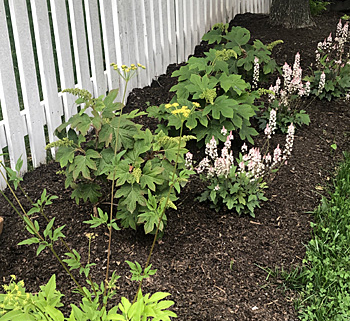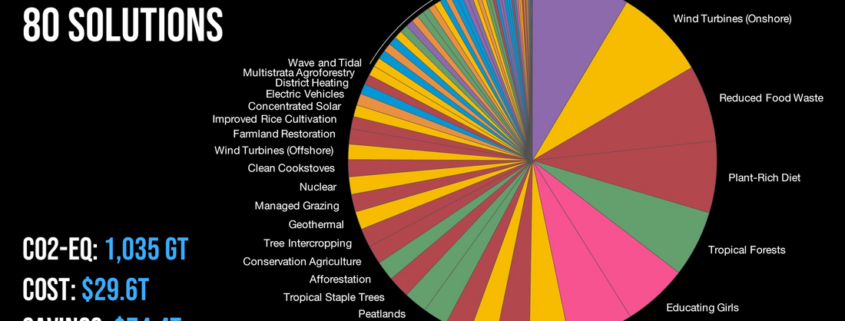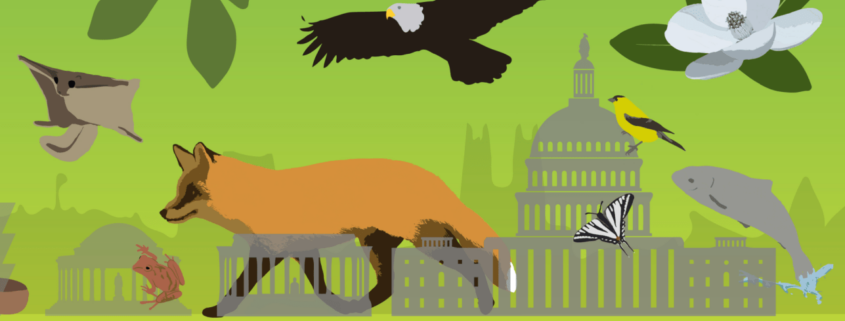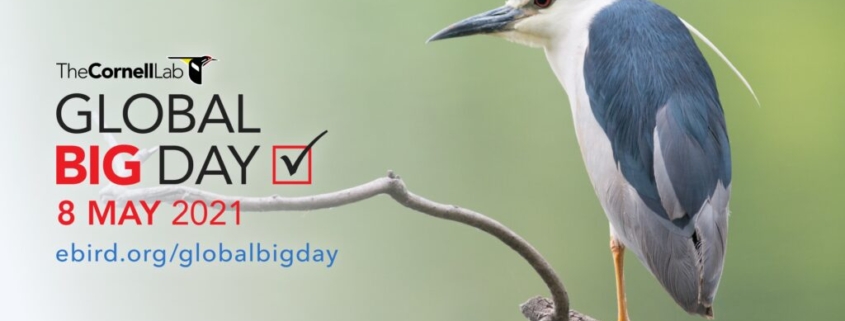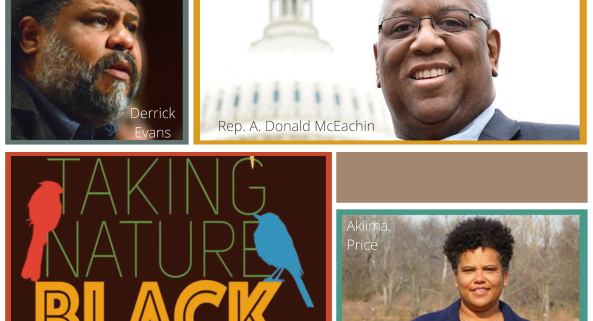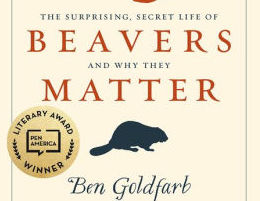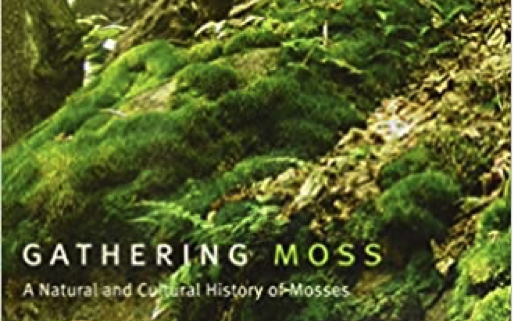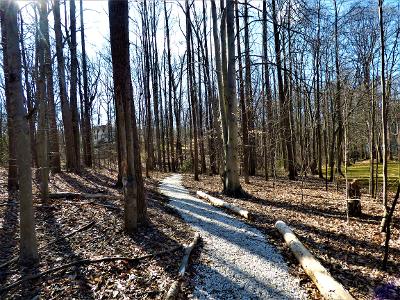Article and feature photo by Stacey Remick-Simkins
In 2017, I was heartbroken.
There are such delights found in birdsong that often people listen for a particular song at particular times to mark new beginnings, new lives and new seasons. Such is the song of the Wood Thrush for me. I had come to anticipate their fluty and enchanting melody as a way to usher in the joy and beginnings of life that comes with a verdant Virginia summer.
This summer, though, I would be heartbroken by the absence of their song. I had failed to hear them at all that spring anywhere that I hiked. So, one June morning, I ventured out to Manassas National Battlefield Park to conduct a summer bird survey with a long- time birding partner. We covered a standard range of forests and open grasslands as we had done in previous years only to discover that there were no Wood Thrush songs to hear. They were heart-rendingly absent.
I would soon learn that their habitats were being destroyed systematically around the world leaving them bereft and endangered. I feared that I would have to learn to accept that I may never hear them again.
Hope arrives in 2020.
During the summer of 2020 the Wood Thrush has appeared everywhere, including St. Peter’s in the Woods forest. When I conducted a survey in June 2020, I was overwhelmed to hear a Wood Thrush singing within feet of me. It was hidden well, foraging and likely gathering food for a nest and/or young. This thrush had found the SPW forest to be a safe and good place to set down roots. The 7-acres was deemed by at least one to provide the sustenance and safety that can be counted on.
Keeping this forest a place of sanctuary for those such as the Wood Thrush is practicing a stewardship that is critical. That one Wood Thrush in our forest could tip the balance in saving the lives of those that migrate here. Next year, we may have another couple of them settling in for the summer to create new life that once again may be able to survive because there was that small safe place in our forest for them to shelter in.
Preserving and stewarding this sanctuary is a primary project for St. Peter’s and I am proud to be one helping to monitor and build a database so that we may see how effective our practices of sustaining long-term conservation are. Several of us who attend St. Peter’s are Fairfax Chapter Master Naturalists. We work towards maintaining the native plant balance with the birds and continue our own data collection. Knowing that a Wood Thrush found our small haven a place to safely breed and forage was a great moment of excitement and hope.
They remain endangered and threatened by continued assaults on the forests all around them. Their migrations are threatened as are the forests that they return to in South America. St. Peter’s Sanctuary forest will remain a place for hope where we can be thankful for the chance to steward the gifts of our small sanctuary of wilderness.
For more on the Wood Thrush
https://www.birdnote.org/show/wood-thrush-and-eastern-forests
https://www.birdnote.org/show/henry-david-thoreau-and-wood-thrush
FMNs: Service hours under St. Peter’s In the Woods Wildlife Sanctuary & Programs (Wildlife Surveys, Activity S266)


